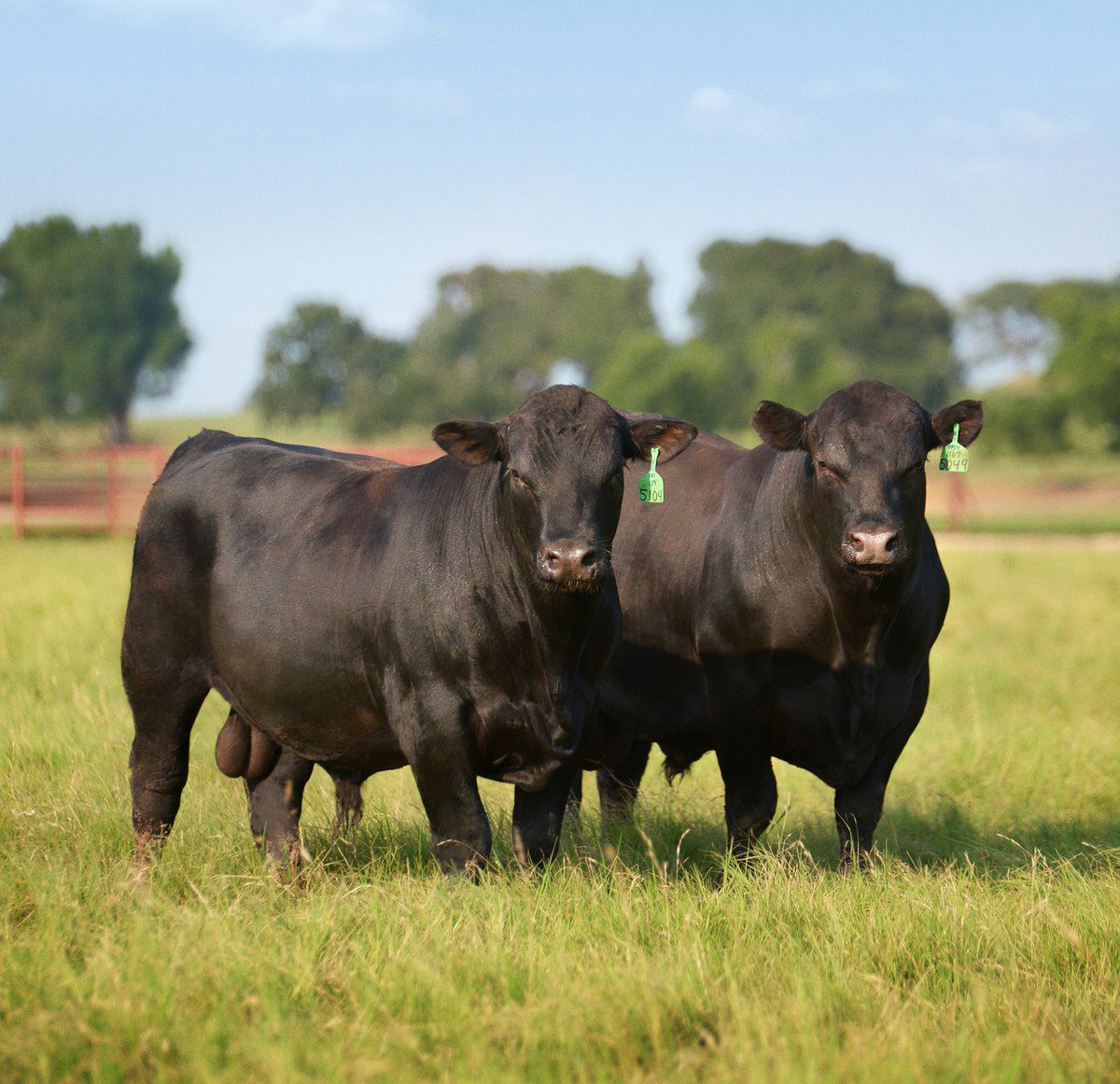According to Dr. Francisco Peagaricano, assistant professor of quantitative genetics at the University of Wisconsin, phenotypes for bull fertility could be laboratory measurements centered on semen quality, breeding reliability tests, and scrotal diameter, but these are indicative characteristics, and the optimum phenotype is a sire conception rate. On June 23, Peagaricano made a presentation titled “Genomic Dissection and Bull Fertility Prediction” at the Beef Improvement Federation (BIF) Symposium in Des Moines, Iowa. Peagaricano addressed his bull fertility prediction study, research findings, and prospects for bull fertility selection.
Peagaricano’s study concentrated on bull fertility, if genetics impact bull fertility, the significance of non-additive impacts, the identification of significant causative variations of bull fertility, and finally the examination of models for bull fertility prediction. Reproduction is a highly significant economic characteristic, according to Peagaricano, and hereditary prediction of bull fertility is non-existent throughout most genetic analyses. Female fertility forecasts are more common, whereas bull fertility predictions have garnered less attention. The study focuses on sire pregnancy rates with data corrected for characteristics linked to cow fertility such as lactation, age, etc.
“The sire pregnancy rate was regularly distributed, with more than just a 10% variation in conception rates between excellent fertility bulls as well as poor fertility bulls, despite all specimens passing semen quality tests and controlling for cow fertility impacts,” Peagaricano stated. After conducting experiments in both the Holstein and Jersey communities that supported typical polygenetic oversight of sire conception rates, Manhattan plots displaying genetic differences as per various regions from across genome pools looked like a pretty standard polygenic trait, with numerous genes/regions needing a minor influence on characteristics and no region/NP, clarifying more than 1% of the genotypic variance.
While the mountains in the Holstein and Jersey communities were different, several of the pathways/biological mechanisms influenced by those genes were shared by the two populations, indicating that routes for molecular processes, rather than individual genes, are the main targets of selection. Spermatogenesis, sperm motility, fertilization, and testicular development are examples of these processes. “My colleagues and I wondered if we might forecast bull fertility using SNPs.” “We discovered a predictive association of 0.34 and a prediction accuracy of 0.62,” Peagaricano concluded.
Peagaricano’s presentation suggests methods for selecting for increased bull fertility or, at the very least, screening for subfertile bulls. Aside from passing a bull soundness check and meeting minimal semen criteria, there are no selection techniques for bull fertility. Peagaricano’s study is encouraging for genetic enhancement of bull fertility.
